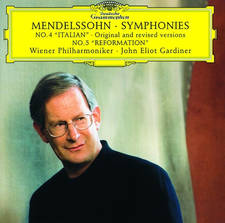La Scala: 15 facts about the great Milan opera house
Find out more about La Scala Milan, the world famous home of Italian opera where Verdi, Puccini and other great composers first had their works performed.
-
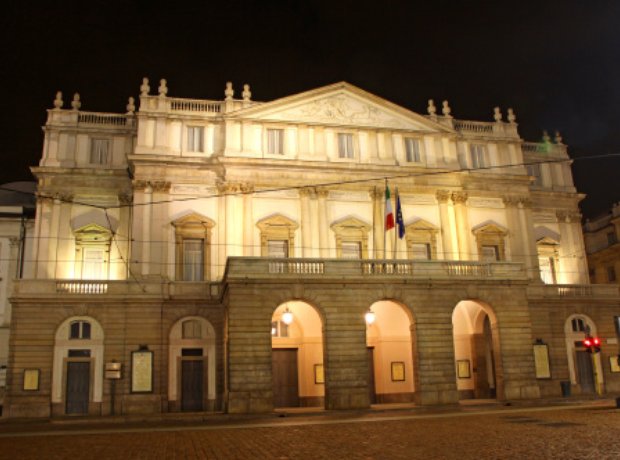
1. What is La Scala?
The Teatro alla Scala in Milan is among the world's most famous opera houses. Most of the greatest singers of the past 200 years have appeared here. It was inaugurated on 3 August 1778 and was originally known as the New Royal-Ducal Theatre alla Scala.
-
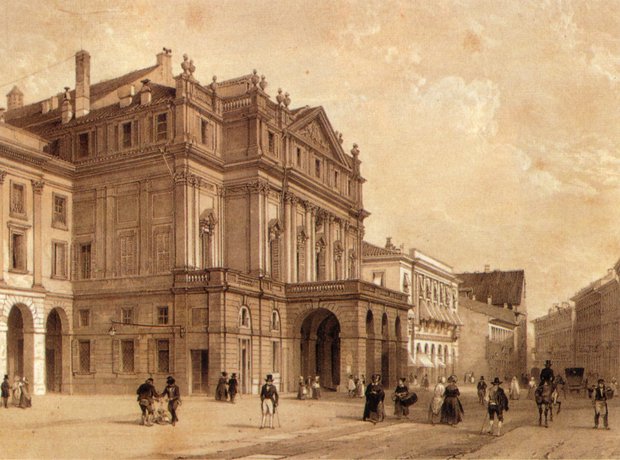
2. What does 'Scala' mean?
The word 'scala' just means 'staircase'. The theatre was built on the site of the church of Santa Maria della Scala – Holy Mary of the Staircase. Apparently a sick child had once been cured because its mother put a statue of the Virgin on the landing.
-
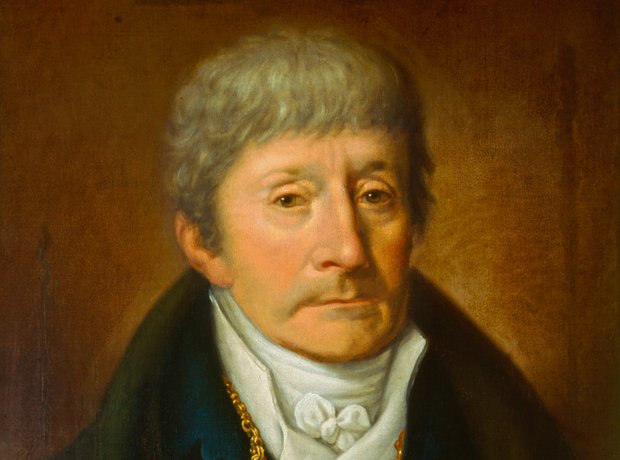
3. What was the first opera performed at La Scala?
La Scala opened its doors for the first time with a production of 'L'Europa riconosciuta' (Europe revealed) by Mozart's so-called nemesis, Salieri (pictured). The opera didn’t get another hearing at La Scala until December 2004, when it was chosen to re-open the theatre - conducted by Riccardo Muti - after three years of renovations.
-

4. Paganini made his debut
The stage of La Scala has not only provided a home to opera and ballet. The virtuoso violinist Paganini made his debut there in November 1813. It was a resounding success and gave his career a kick start, after which he never looked back.
-

5. Frustrated customer
Conditions in La Scala auditorium could be frustrating for the serious opera-lover in the audience as author Mary Shelley discovered in September 1840. 'La Scala serves,' she observed, 'not only as the universal drawing-room for all the society of Milan, but every sort of trading transaction, from horse-dealing to stock-jobbing, is carried on in the pit; so that brief and far between are the snatches of melody one can catch.'
-
-
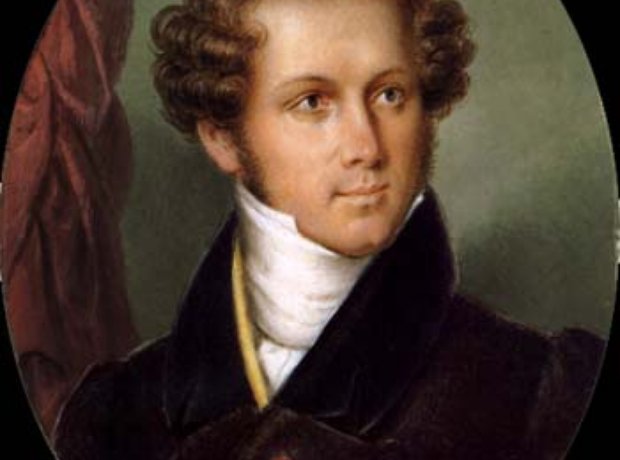
6. A premiere for Norma
Bellini's opera Norma was first produced at La Scala on 26 December 1831. It is generally regarded as the supreme height of the bel canto tradition. The aria, Casta diva is one of the most famous of all arias.
-
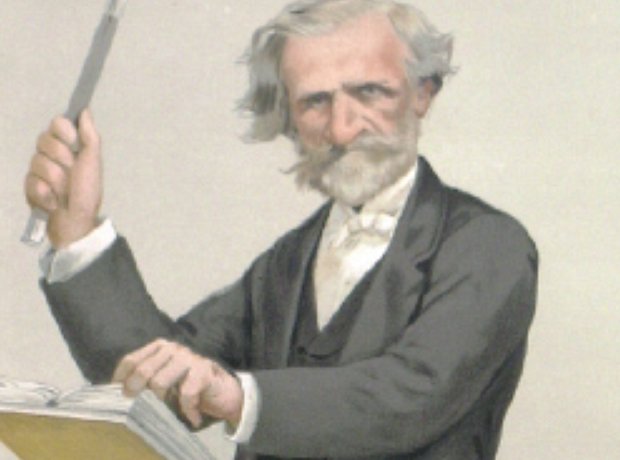
7. Maestro Verdi
The opera house had a special relationship with Giuseppe Verdi. For several years, though, the composer did not allow his work to be played there, as some of his music had been modified by the orchestra. However Verdi later conducted his Requiem there on 25 May 1874 and he announced in 1886 that La Scala would host the premiere of what was to become Otello. The premiere of his final opera, Falstaff was also given in the theatre.
-
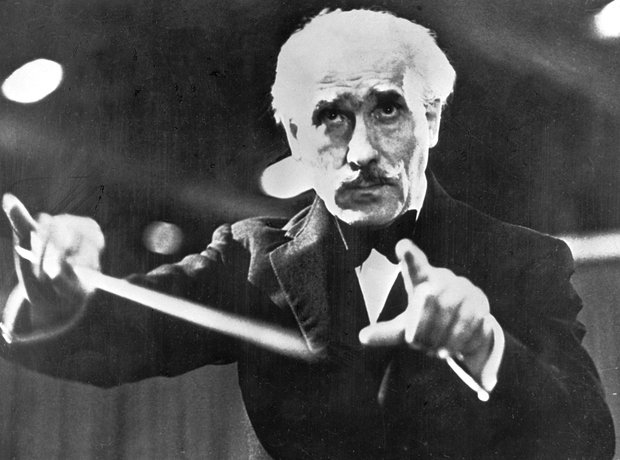
8. A legendary conductor
One of the greatest names associated with La Scala is Arturo Toscanini. He played the cello there in the 1887 world premiere of Verdi's Otello, with the composer conducting. By 1898 Toscanini was himself principal conductor at La Scala, where he remained until 1908, returning as Music Director from 1921–1929. He took the orchestra to the U.S.A. on a concert tour in 1920-21. It was there that Toscanini made his first recordings.
-

9. Unfinished masterpiece
Puccini's great opera Turandot was unfinished at the time of the composer's death in 1924. The first performance was held at La Scala on 25 April 1926, conducted by Toscanini. In the middle of Act 3, Toscanini halted the orchestra, laid down his baton and, turning to the audience, announced, 'Here the opera ends, because at this point the maestro died'. The curtain was lowered slowly.
-
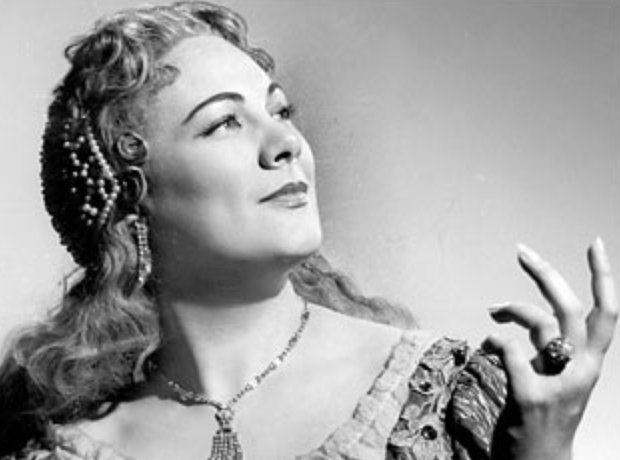
10. A sensational re-opening
In 1943, during World War II, La Scala was severely damaged by bombing. It was rebuilt and reopened on 11 May 1946, with a memorable concert conducted by Toscanini and featuring a soprano solo by Renata Tebaldi (pictured) which created a sensation.
-
-
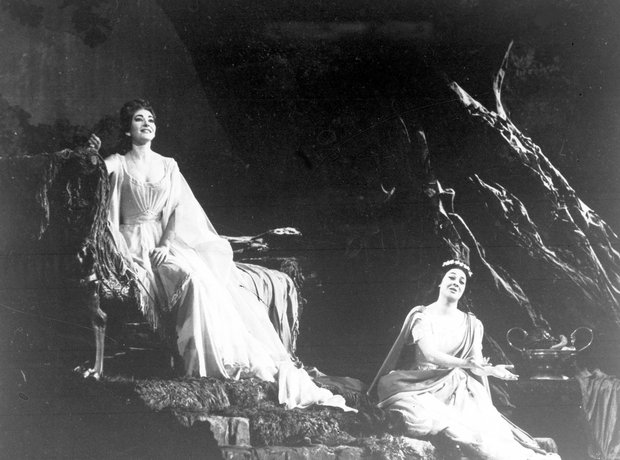
11. Stage to the stars
For more than 200 years the greatest singers from all over the world have aspired to sing at La Scala. Maria Callas made her official debut at La Scala in Verdi's I vespri siciliani in December 1951, and the theatre became her artistic home throughout the 1950s. It mounted many new productions especially for her, by directors such as Franco Zeffirelli and Luchino Visconti. Visconti stated later that he began directing opera only because of Callas.
-
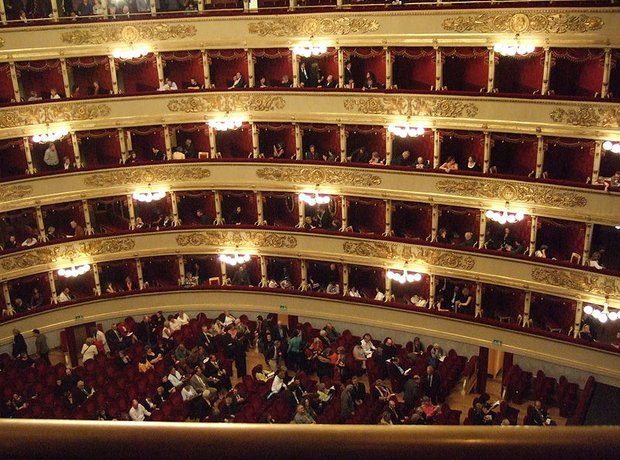
12. More than 3000 seats
The theatre has more than 3000 seats organized into 678 pit-stalls, arranged in six tiers of boxes above which is the 'loggione' or two galleries. The loggione is typically crowded with the most critical of customers, who can be ecstatic or merciless towards singers.
-
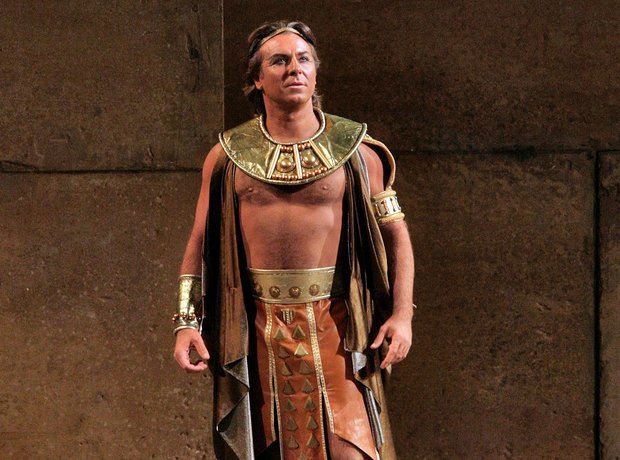
13. A critical audience
La Scala's loggione is considered a baptism of fire in the opera world, and fiascos are long remembered. In 2006, tenor Roberto Alagna (pictured) was booed off the stage during a performance of Verdi's Aïda, forcing his understudy quickly to replace him mid-scene without time to change into a costume.
-
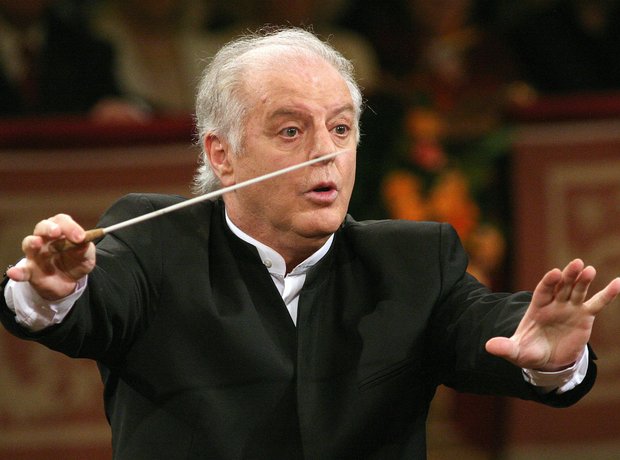
14. Daniel Barenboim
Principal conductors at La Scala have included Claudio Abbado (1968–1986), Riccardo Muti (1986–2005), and Daniel Barenboim (pictured). On 15 May 2006 Barenboim was named principal guest conductor after Riccardo Muti's resignation. In October 2011 he took over as music director, lining up a starry opening cast in Mozart's Don Giovanni.
-

15. Winter opening
La Scala's season traditionally opens each year on 7 December, Saint Ambrose's Day, the feast day of Milan's patron saint. Snow accompanied the opening of the 2012-13 season as Daniel Barenboim conducted Wagner's Lohengrin, launching dual bicentennial celebrations for Wagner and Italy's own Giuseppe Verdi.
